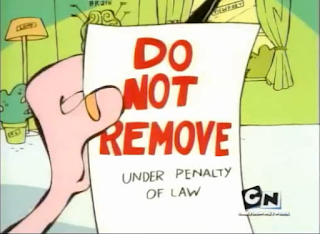 |
| truckdriverjobincalifornia.com |
Seems hard to believe with the cost of living and taxes in California! I'd be doing a lot more research before jumping in.
Article thanks to truckinginfo.com and David Cullen. Links provided:
Oct, 2015 California owner-operators can earn substantially more than company drivers in the Golden State, per a new study released by the California Trucking Association and theInland Empire Economic Partnership.
The Owner-Operator Driver Compensation Study found that drivers who operate independently have the ability to earn up to a six-figure income. And it determined that, based on recent figures, owner-operators scored net earnings more than $17,000 higher than do company drivers.
The report is based on 2013 data reported by 2,648 owner-operators based in California who operate in the port drayage, over-the-road and refrigeration sectors as well as from 2015 government data on company drivers.
The study found that owner-operators earned $17,400 more than the median pay for employee drivers in California.
The 2013 median net income for independent truckers was $59,478 while company drivers in 2015 attained median annual earnings of $42,078.
What’s more, the report noted that, per the U.S. Bureau of Labor Statistics, the 2014 median annual wages of employed drivers nationally was just $39,520.
The study also determined:
- The 2013 median net earnings of the highest 25 percent of owner operators was $102,087
- For the second 25 percent, it was $68,936
- For the third 25 percent, it was $47,005
- And for the fourth 25 percent, it was $28,297
- The majority of the independent truckers exceeded the median of $42,078 for company drivers.
“This study is a strong indication that independent owner-operators continue to thrive” said study author John Husing, Ph.D., vice president of Economics and Politics, Inc.
“Estimated to make up nearly 20 percent of all trucks on the road today, nearly 75 percent of independent owner-operators are still earning more than company drivers," he added.
In the report, Husing referenced the controversy in California over whether drayage providers at the state’s ports should be required to use only company drivers because owner-operators in that segment have been perceived by some as being underpaid.
“During the 2007-2008 development of the [California] Clean Truck Program at the San Pedro Bay port complex, a proposed mandate would have required trucking firms to hire drivers as employees,” Husing pointed out.
“Some [back then] claimed that independent owner-operators were underpaid," he continued. "Other drivers, most trucking companies and port interests claimed that IOOs earn more as independent contractors and that the existing trucking model should be maintained. Ultimately, the appellate court decided that the employment mandate violated the federal preemption related to state regulation of 'rates, routes and services' under the Federal Aviation Administration Authorization Act.”
Noting that the battle over mandating company employment of drayage truckers hasstill not ended, he added that “as the economist who conducted most of the economic analysis of the Clean Truck Program and being familiar with the issues surrounding this controversy, this report has been created to supply hard data to the discussion of this issue.”
In the report’s conclusion, Husing remarked that, given the data, “it appears fair to conclude that as entrepreneurs, independent owner-operators can choose to put in levels of activity that allow them to earn incomes rivaling or exceeding those found among the highest paying occupations in logistics.”
“Some of the largest and most successful carriers started as independent owner operators with a single truck,” noted Shawn Yadon, CEO of CTA, in a statement on the report. He added that the association “will continue to support our professional drivers who choose to utilize the incredible entrepreneurial opportunity that comes from being a part of the trucking industry.”
The owner-operator pay report may be downloaded here.










